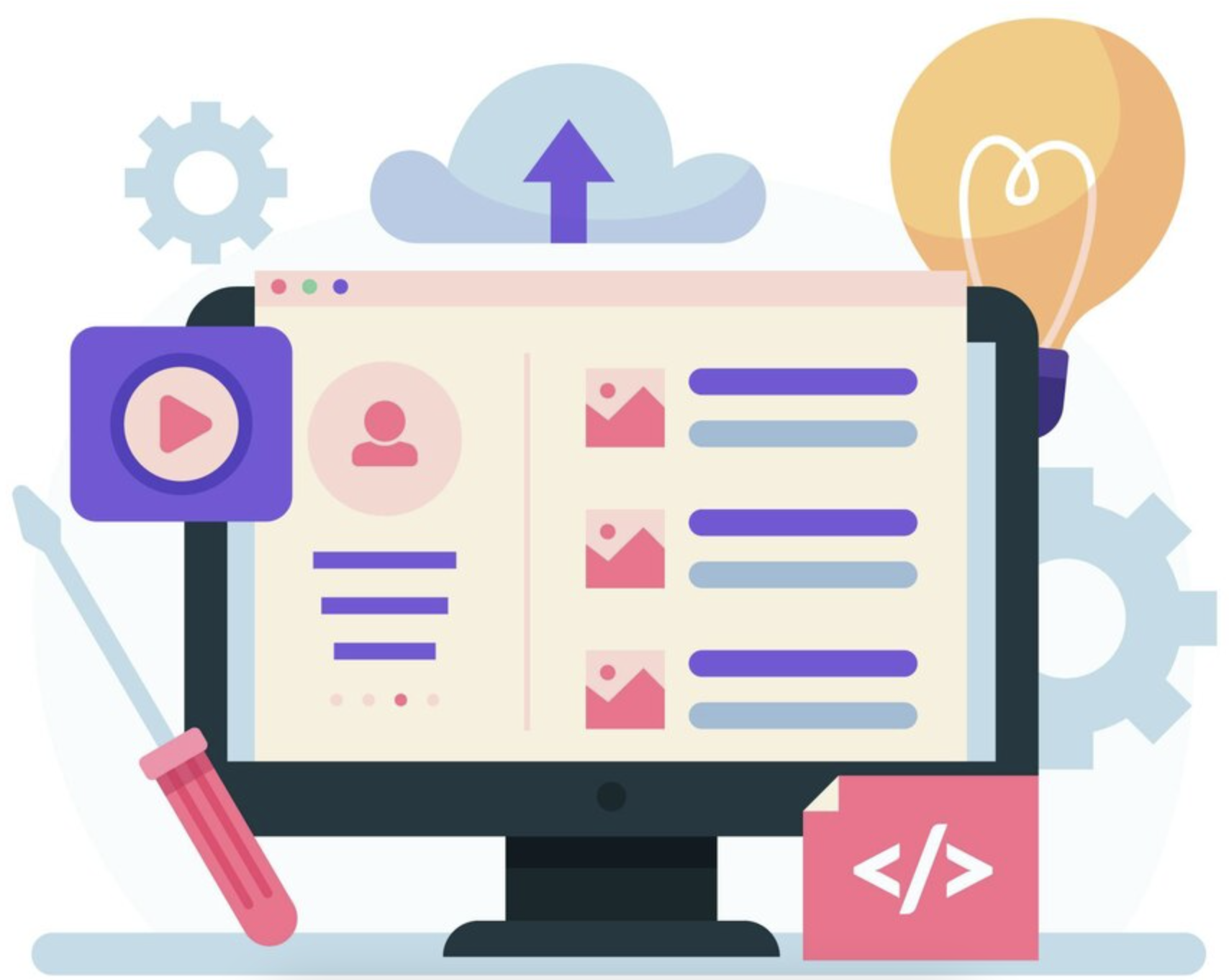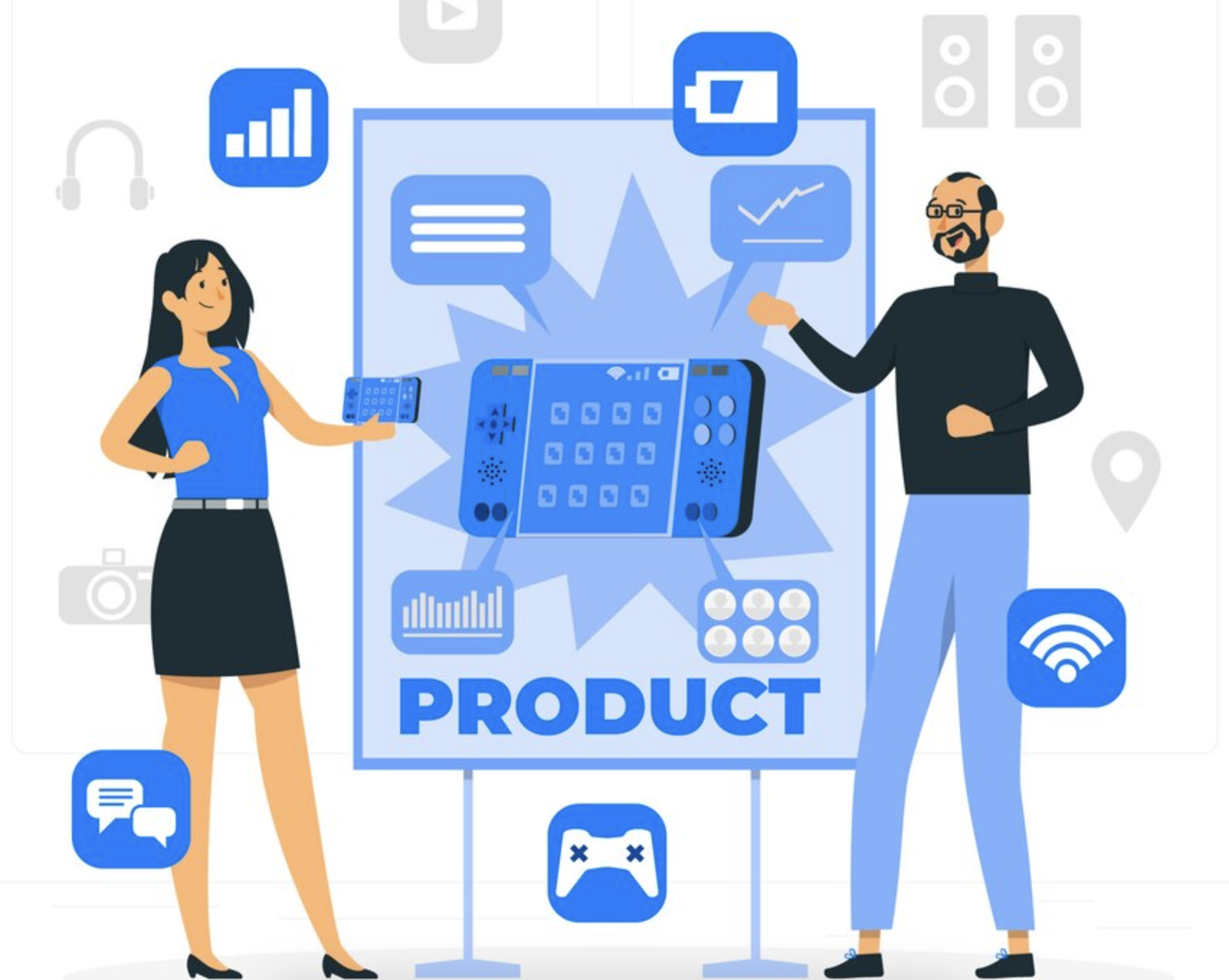
Software product development is a complex process that requires careful planning, methodical execution, and constant attention to detail. By following a set of well-defined stages, development teams can significantly increase their project's chances of success.
For these reasons we decided to create this article, to review the key stages of software product development that must be met to achieve a successful result.

What is the software development life cycle?
Before talking about the stages of software product development, we should talk about the software development life cycle: It is a process that is made up of different stages, which helps product managers keep track of the entire process. project until completion. It also helps project managers keep product owners informed so they know the status of the work.
Benefits of following the software development life cycle
- It offers greater visibility of the development process for all interested parties involved, they noted on The Product Manager portal.
- More efficiency when making project estimates, planning and scheduling tasks.
- Improves risk management and cost estimation.
- It is a systematic approach that allows us to deliver software that meets customer expectations.
Stages of software product development for a successful project
1. Product idea
Before thinking about areas of software development, the first thing that should happen is to brainstorm what you want to create, the software product you want to build.
“This is the stage where innovation is key and teams are tasked with collecting and reviewing various ideas. More than that, ideas must be considered against their target audience and the market needs to see which one is the strongest”, they noted in a Monday article.

2. Definition of requirements
The first crucial stage in software product development is the clear definition of the project requirements. This involves identifying the needs and expectations of users, as well as the commercial objectives that are intended to be achieved. During this stage, it is important to involve all relevant stakeholders, including customers, end users, and development team members.
3. Design
Once the requirements have been established, the next step is the design of the software product. This involves creating a solid software architecture as well as developing detailed user interface designs. The design should take into account both product functionality and user experience, ensuring that the software is intuitive and easy to use.
“In the design phase, software engineers analyze requirements and identify the best solutions to create the software. For example, they can consider integrating existing modules, choosing the technology and identifying development tools. They will decide the best way to integrate the new software into any existing IT infrastructure the organization may have”, they detailed in the Amazon Web Services documentation.

4. Development
With the design in place, the development team can begin developing the software product. During this stage, code is written and tested, the different components of the system are integrated, and adjustments are made as necessary. It is important to follow agile development practices, which allow for rapid iteration and flexible adaptation as the project progresses.
5. Tests
Once the initial development phase is complete, the software product must undergo extensive testing to identify and correct any errors or defects. This may include unit testing, integration testing, user acceptance testing, and performance testing, among others. It is crucial to perform both automated and manual testing to ensure the quality and reliability of the software.
6. Deployment
Once the software product has been tested and is considered ready for release, it is time to deploy it to a production environment. This may involve configuring servers, migrating data, and training staff, among other tasks. It is important to consider system scalability and availability during deployment to ensure a smooth experience for end users.
“The system is incorporated into a production environment. This can be done in several ways. The new system can be implemented gradually, depending on the application or location, and the old system can be replaced gradually. In some cases, it may be more profitable to close the old system and implement the new one at once”, they noted in a Tech Target article.

7. Maintenance
Once the software product has been released, it is important to maintain and update it regularly to ensure it functions optimally over time. This may involve fixing bugs, implementing new features, and optimizing performance. Ongoing product maintenance is essential to meet changing user needs and maintain your competitiveness in the market.
Successful software product development requires following a set of well-defined stages, from requirements definition to ongoing product maintenance. By following these steps diligently and methodically, development teams can significantly increase their project's chances of success.
However, it is also important to be flexible and adapt as challenges and changes arise along the way. With careful planning and solid execution, any software development project can successfully achieve its goals.
Do you need a team to develop your software product? At Rootstack, we have +14 years of experience supporting companies in their digital transformation. Contact us.

